Different Types Of Hairlines For Men And Women
Learn about the uniqueness of different types of hairlines to style yours better!

Image: iStock
Just like our body shape and skin tone, we all have different types of hairlines too. Over the course of time, our hairlines change due to factors like genetics, lifestyle, and age (1) (2). If you are unhappy with your hairline, you can change it in a few simple ways. Learn everything about the different kinds of hairlines, the factors that cause them to change, and the viable treatment options available for you. You will also learn when you must visit your doctor. Keep reading to know more.

In This Article
What Is A Hairline?
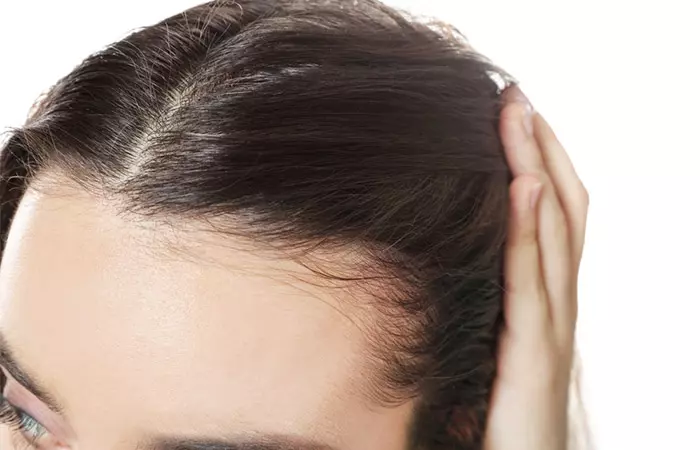
Let’s first understand what a hairline is. A hairline is the edge on your forehead from where your hair starts to grow, outlining your forehead. Depending on several factors such as the shape of your head and height, your hairline plays an important role in shaping your appearance and persona. While every man or woman has a distinct hairline, you will find that most of these types fall into one of the several categories there is.
Before we read about the different types of hairlines found in men and women, let us first understand why it is important to know about your type of hairline.
Key Takeaways
- Low hairline, middle hairline, bell-shaped hairline, and receding hairline are common types of hairline found in men and women.
- Genetics, age, or hormonal changes are major factors that may influence your hairline.
- Massaging your scalp and keeping your hair moisturized may protect your hair and hairline from receding further.
- You can always opt for medical treatments such as microblading or hair transplant to help you stimulate hair growth and change your hairline.
Why Should You Know About Your Type Of Hairline?

Knowing your type of hairline, you can style your hair in a way that would enhance your appearance more. The right makeup or haircut accordingly, can magnify your look. If the hairline is thin or is receding due to medical conditions, then going to the doctor and taking timely action can save you days of anxiety and distress.
Now that you know why understanding the type of hairline is essential, let us delve deeper into the types of hairlines found in men and women.
Different Types Of Hairlines For Men And Women

Just like every person has a unique fingerprint in the world, all of us have different hairlines that make us unique and give proportion to our faces. Let us take a look at the types of hairlines found in men and women.
- Low Hairline – Also known as the juvenile hairline, this type of hairline is mostly seen in young boys and girls. Starting closer to the eyebrow, this hairline type makes your forehead seem narrow and makes your appearance look fuller.
- Middle Hairline – Dubbed the “average hairline”, this type of hairline starts from the middle of your forehead, making your forehead look more proportional.
- High Hairline – Found in both men and women, this hairline starts at the corner of your head, making your forehead look wider.
- Receding Hairline – This is the type of hairline where the hairline starts going backward till you see your forehead, giving you an “m-shape” look.
- Rounded Hairline – Probably one of the best hairlines to sport, this type of hairline is seen with men with dense hair. Appearing evenly across your forehead, it gives you a symmetrical look.
- Uneven Hairline – As the name suggests, this type of hairline appears unevenly on your forehead, making it difficult to style your hair
- Cowlick Hairline – When you have a swirl of hair growing in a different direction than the surrounding hair, it is a cowlick hairline type. Starting at the corner of your head, men with short hair often sport this hairline, giving them a messy appearance.
- Widow’s Peak – Shaped in the form of a V at the center of your forehead with the sides slightly raised.
- Bell-shaped Hairline – In the shape of a bell, this hairline type gives your forehead a long appearance.
- Triangular Hairline – Just the opposite of a widow’s peak, this hairline type is a triangle pointing upward.
With a better understanding of the types of hairlines, let us read next about what a normal hairline looks like.
What Does A Normal Hairline Look Like?
You probably look at the mirror every day and think, “Do I have a normal hairline?” The answer to this question is no. Since everyone has different types of hairlines, no particular hairline is considered normal. As we age, our hairlines take on different shapes. While a low hairline is commonly seen in teenagers and men and women in their twenties, it is not strange to see older people with middle or high hairlines.
With that out of the way, let us look at the different hairlines that are considered attractive by most people.
Which Hairline Is Considered The Most Attractive?
Every hairstyle is beautiful in its own way. But any hairline that gives your face a broader and rounder look is considered a more attractive hairline. Hairlines such as low hairlines, middle hairlines, or bell-shaped hairlines are considered attractive by a lot of people.
Let’s now look at which hairlines are considered bad.
Which Hairline Is Considered A Bad Hairline?
Most people may agree that a hairline that is receding or uneven makes it difficult to style your hair.
Even a high hairline, as seen in some men, gives your forehead a wider and asymmetrical look. This does not mean it is a bad hairline and it’s absolutely okay to have a different type of hairline. Nam Tran, a blogger, shares his experience of getting to know his hairline. He writes that once he felt that getting regular haircuts were expensive so he decided to shave his head. He states, “I lifted my head and looked up at the mirror to see what I looked like. And it did not turn out like how I imagined. I had this odd hairline that drew out the tip of an island in the middle of my forehead (i).” He further says, “After immense research, I learned that I had a widow’s peak. I also learned that my hair was thinning.” If you are not happy with your hairline, there are ways to change your hairline which is highlighted in a later section in this article. Now, let’s look at the factors that shape your hairline.
Factors Influencing Your Hairline
There are several factors that influence the way your hairline looks. They are:
- Genetics – If you have looked at your mom or dad and thought, “My hair looks like theirs!”, chances are you are right. Research suggests that certain hairlines such as widow’s peak are associated with the distribution and combination of certain genes, making it very likely that you may have inherited your hairline from your parents (3).
- Age – While it is not uncommon to see our hairlines changing as we age, studies have suggested that 30% to 50% of men experience their hairline changing and receding by the time they are 50 years old (4).
- Hormonal Changes – Dihydrotestosterone or DHT hormone is a type of hormone that plays a role in the development of male genitalia and body hair. While more studies need to be conducted, high levels of this hormone have been linked to the weakening of hair follicles in the development of alopecia (5). Androgenetic alopecia is a medical condition characterized by excess hair fall and weak hair follicles. This condition causes hair to fall, resulting in an m-shaped hairline (6).
- Lifestyle Changes – Putting your hair in a tight ponytail or braid can lead to pressure on your roots. This in turn can lead to hair fall and a receding hairline.
 Quick Tip
Quick TipFactors such as family history, and changes in the functioning of our hormones may influence the type of hairline you have. Now, let’s look at different ways to protect your hairline.
What You Can Do To Maintain And Protect Your Hairline

Your hair is an important part of your appearance and contributes to your overall persona. It is natural that you would want to maintain and protect your hair and hairline. Let’s look at a few tips that can help you do so.
- Keep Your Hair Moisturized – I know you have heard this many times. But it is true. Keeping your hair moisturized may prevent your hairline from receding and keeping the hair follicles strong.
- Use A DHT-blocker Shampoo – Factors such as genetics and medical conditions may lead to a hair loss and eventually change in your hairline (7). Buy a DHT-blocker shampoo, which research suggests may help reduce the hair fall associated with alopecia (8). You can use DHT blockers as topical applications or oral supplements.
- Massage Your Scalp – Research has indicated that massaging your scalp regularly can help strengthen your roots and increase the thickness of your hair (9). If you were thinking of getting a nice head massage after work, it may not be a bad idea!
Following these tips at home may strengthen and keep your hair healthy. Now, let’s move on to the different ways to change your hairline.
Is It Possible To Change Your Hairline Type?
Not happy with the way your hairline looks? Don’t worry. It is possible to fashion it according to what you like or restore it to its natural best. The following hacks will help you in doing this.
- Change Your Hairstyle – if you are not happy with the way your hairline looks, visit a hairstylist, they can suggest the best hairstyle that will change your hairline and make you look your best. Fringes, bobs, or bangs are some amazing ways to change the appearance of your hairline.
- Reduce Stress In Your Life – Leading a stress-free life is impossible. But finding ways to cope with stress may lead to a decrease in hair loss as high levels of stress have been linked to hair loss (10).
- Diet – Eating a diet high in proteins such as fatty fish may lead to the growth of your hair, which in turn can change your hairline, enhancing your appearance (11).
 Trivia
TriviaAs you can see, trying different hacks such as changing your hairstyle, eating a healthy diet, or something as simple as trying to live a stress-free life can promote a healthy hairline. However, if you feel that none of this is working for you and you need a quicker and more permanent solution, here are a few treatment options you could consider. Sometimes, women show receding hairline like men known as female pattern baldness, which is due to hormonal imbalance and excess androgens, and they will need proper medical attention to grow back their hair.
Consult With A Doctor

If looking at your hairline causes you distress, it is best to visit a doctor to discuss how to stop receding hairline issues. They can determine the cause behind your receding hairline and suggest treatment options that can help you. It is absolutely essential that you talk to your doctor about your medical history and understand the options available before you opt for the right one.
Treatment Options
If the above tips aren’t satisfactory , maybe it is time you visit a doctor and explore the various treatment options available.
- Microblading – Microblading is a procedure where experts use a needle to insert color pigment into your skin to make it look like natural hair. Mostly used for filling eyebrows, it has recently been used for the treatment of medical conditions such as excessive hair loss (12).
- Low-level Light Therapy – As the name suggests, this procedure involves exposing your hair roots to low-level infrared rays, allowing your hair tissue to heal and grow (13).
- Hair Transplant – If you have a receding or high hairline, you can always go for a hair transplant. In this surgery, doctors take hair from the back of your head and place it on the spot where you need filling (14).With hair transplant, a skilled surgeon can create an almost natural-looking hairline.
There are different types of treatment options available for you if your hairline continues to recede and simple tips don’t work. But before you go for medical options, let us look at when is the right time to visit a doctor.
Infographic: 8 Types Of Hairlines Seen In Men And Women
If you have ever noticed the different hairlines between your friend and you, and that piqued your interest in knowing the various types are out there, you have come to the right place. Check out the infographic below for the different types of hairlines and see which category you fall under!
Some thing wrong with infographic shortcode. please verify shortcode syntaxEach of us has different types of hairlines that play a significant role in our appearance and overall persona. Throughout our lives, our hairlines are bound to change; however, factors such as genes, stress, and underlying medical conditions can lead to receding hairlines. If you are unhappy with your hairline, certain hairstyles can camouflage the imperfections. However, if you find it problematic or notice a decline in the overall health of your hair, you must consult a medical professional. You might need to undergo medical procedures to solve the issue. We highly recommend that you thoroughly look into all your options before settling for any of them.
Frequently Asked Questions
What does a jagged hairline mean?
A jagged hairline is an uneven hairline. It may be genetic or caused due to hair loss or damage.
What is the best type of hairline?
This varies from person to person and depends on your face shape.
What is a healthy hairline?
A hairline can be considered healthy if the tresses along the hairline are strong, not easily breakable, smooth, and look good.
Is a V-shaped hairline normal?
No, a V-shaped hairline also called a widow’s peak is not a normal hairline as it signifies male pattern baldness. This type of balding is characterized by more hair growth on the center of the forehead than on the temples and crown (15).
Can long hair cause a receding hairline?
No, long hair does not lead to receding hairline. However, factors such as genetics, age, medication, or illness can cause a receding hairline (3), (5), (6).
Does cutting hair fix the hairline?
No, cutting your hair cannot help fix the receding hairline. It is important to note that cutting your hair only affects the shaft of your hair, not the follicle, which is responsible for the growth and prematurely thinning hair. However, getting a haircut can help you get rid of split ends and give a nice shape to your tresses.
Is a straight hairline good?
Yes, a straight hairline is considered a good hairline. It is often rectangular in shape and moves in a straight direction across the forehead while forming a 90-degree angle on both sides. This makes one’s hair look thicker and fuller.
Can hairlines change with age?
Yes, hairlines can naturally recede or change shape with age due to factors like genetics and hormonal changes.
What hairstyles suit a receding hairline?
Short hairstyles, like buzz cuts or side part styles, often work well to minimize the appearance of a receding hairline. Avoid tight hairstyles as they can worsen a receding hairline.
Want to learn how to get a perfect hairline? Watch this easy video tutorial to get the look you want with simple steps and tips. Take a look!
Personal Experience: Source
StyleCraze's articles are interwoven with authentic personal narratives that provide depth and resonance to our content. Below are the sources of the personal accounts referenced in this article.
i. When I Realized I Was Baldinghttps://medium.com/@namt55/story-time-when-i-realized-i-was-balding-cf44a68f21d2
References
Articles on StyleCraze are backed by verified information from peer-reviewed and academic research papers, reputed organizations, research institutions, and medical associations to ensure accuracy and relevance. Read our editorial policy to learn more.
- Genetic prediction of male pattern baldness
https://www.ncbi.nlm.nih.gov/labs/pmc/articles/PMC5308812/ - Prevalence of Male and Female Pattern Hair Loss in Maryborough
https://www.sciencedirect.com/science/article/pii/S0022202X15525840 - The Pattern of Morphogenetic Traits Combination Amongst the Population of ‘Ekpoma’ Nigeria: ‘Focus on Dimples’ ‘Widows Peak’ ‘Blood Groups’ and Genotypes
https://www.researchgate.net/publication/287767175_The_pattern_of_morphogenetic_traits_combination_amongst_the_population_of_Ekpoma_Nigeria_Focus_on_dimples_widows_peak_blood_groups_and_genotypes - Male Androgenetic Alopecia
https://www.ncbi.nlm.nih.gov/books/NBK278957/ - Assessment of the Usefulness of Dihydrotestosterone in the Diagnostics of Patients with Androgenetic Alopecia
https://www.ncbi.nlm.nih.gov/labs/pmc/articles/PMC4171668/ - The Role of Vitamins and Minerals in Hair Loss: A Review
https://www.ncbi.nlm.nih.gov/pmc/articles/PMC6380979/ - Androgenetic Alopecia
https://www.ncbi.nlm.nih.gov/books/NBK430924/ - Pilot Study of 15 Patients Receiving a New Treatment Regimen for Androgenic Alopecia: The Effects of Atopy on AGA
https://www.ncbi.nlm.nih.gov/labs/pmc/articles/PMC3262531/ - Standardized Scalp Massage Results in Increased Hair Thickness by Inducing Stretching Forces to Dermal Papilla Cells in the Subcutaneous Tissue
https://www.ncbi.nlm.nih.gov/labs/pmc/articles/PMC4740347/ - Hair and Stress: A Pilot study of Hair and Cytokine Balance Alteration in Healthy Young Women Under Major Exam Stress
https://www.ncbi.nlm.nih.gov/labs/pmc/articles/PMC5397031/ - A 3-month Randomized Double-blind Placebo-controlled Study Evaluating the Ability of an Extra-strength Marine Protein Supplement to Promote Hair Growth and Decrease Shedding in Women with Self-perceived Thinning Hair
https://pubmed.ncbi.nlm.nih.gov/25883641/ - Microblading and the Science Behind it
https://www.ncbi.nlm.nih.gov/labs/pmc/articles/PMC7982014/ - Low-level Laser (Light) Therapy (LLLT) in Skin: ‘Stimulating’ ‘Healing’ Restoring
https://www.ncbi.nlm.nih.gov/labs/pmc/articles/PMC4126803/ - Hair Transplantation
https://www.ncbi.nlm.nih.gov/books/NBK547740/ - Early onset female pattern hair loss: A case–control study for analyzing clinical features and genetic variants
https://www.sciencedirect.com/science/article/pii/S0923181122000603
Read full bio of Dr. Rekha Yadav
Read full bio of Eshna Das
Read full bio of Ramona Sinha
Read full bio of Swathi E






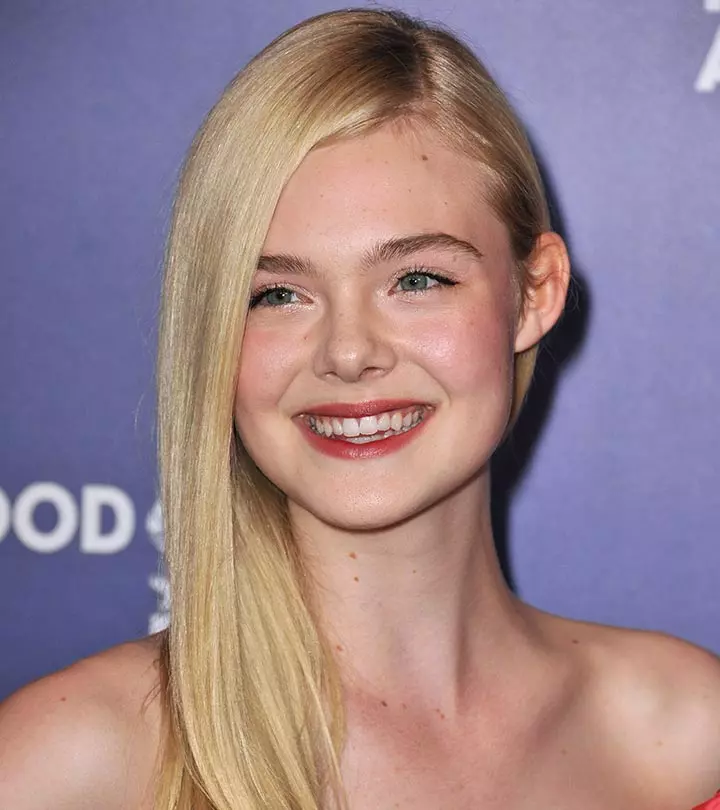


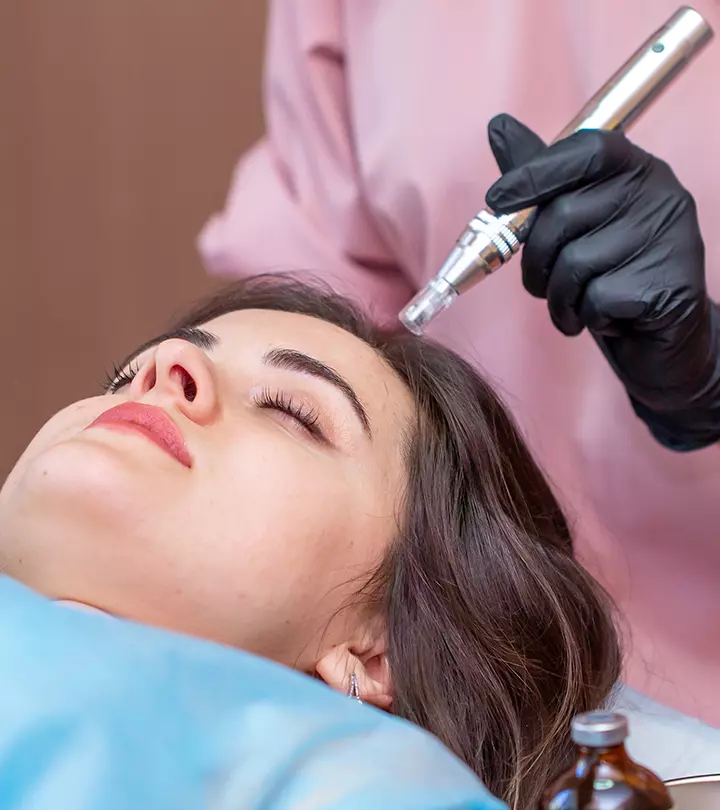
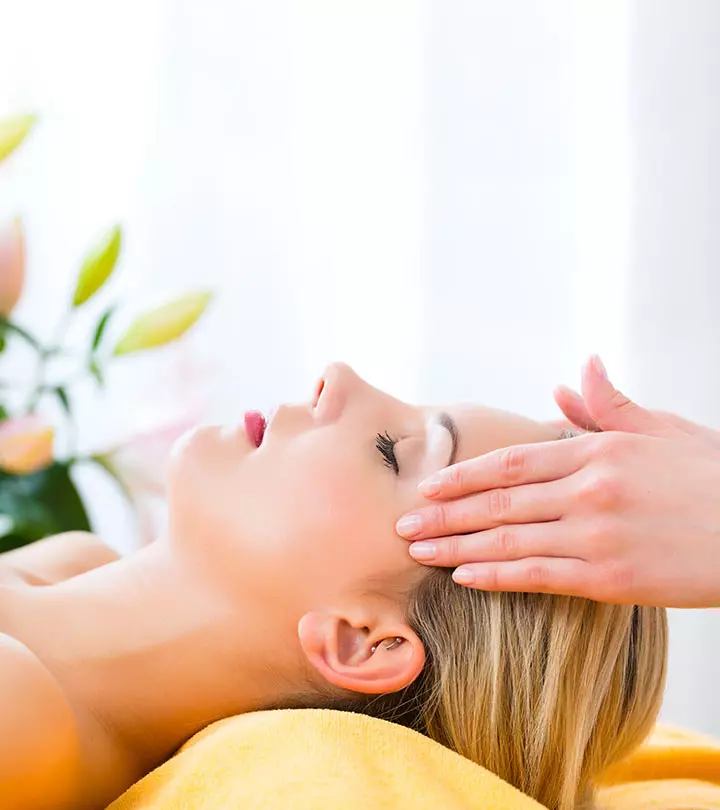




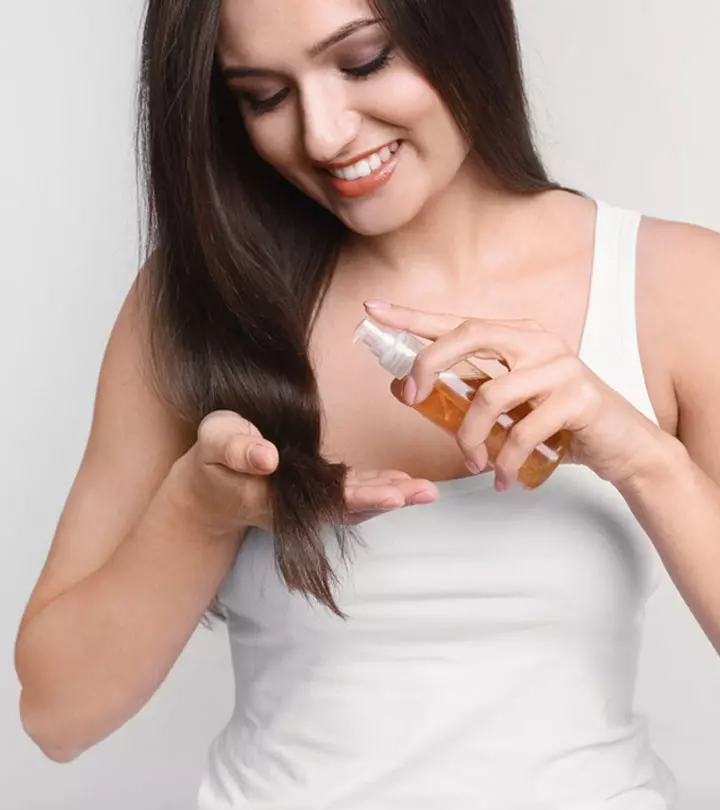


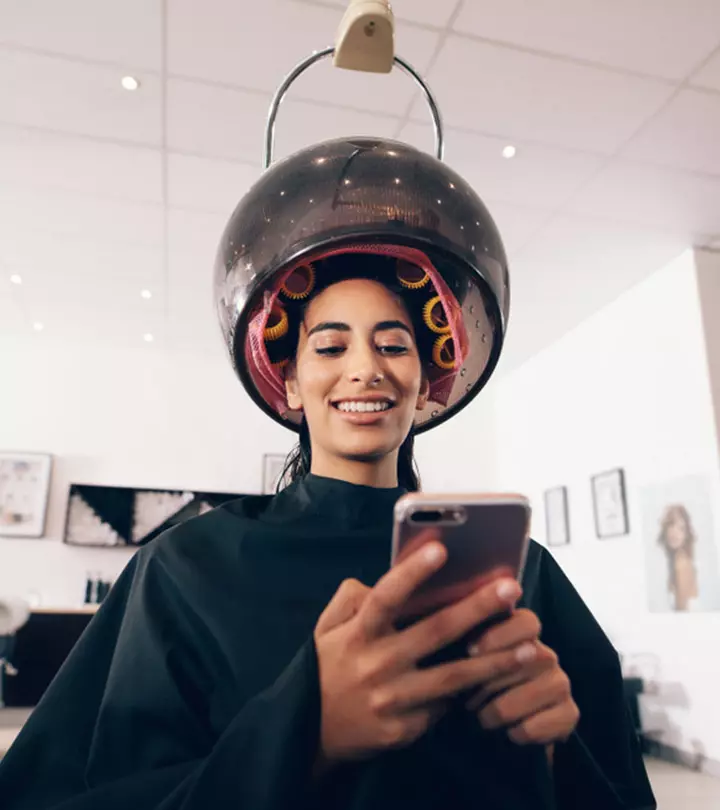







Community Experiences
Join the conversation and become a part of our empowering community! Share your stories, experiences, and insights to connect with other beauty, lifestyle, and health enthusiasts.